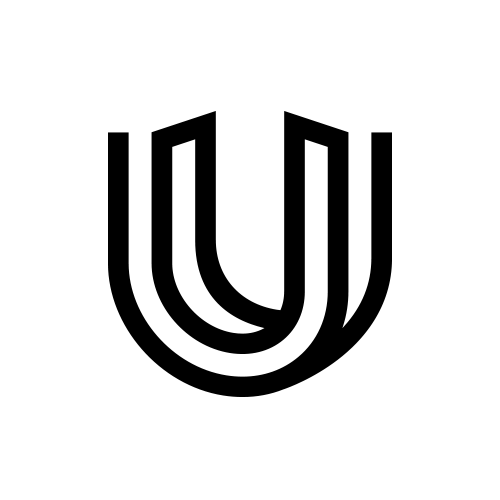7 of the most important types of stretches for your body
There’s quite a bit more to stretching than simply touching your toes. In fact, there are seven ways to classify stretches, and they’re all for different reasons.
Coach Blake Shutterly from BASE on NEOU breakdowns each type, what differentiates them, and where and how to work them into your life.
Neglecting your recovery lately? Let NEOU be your accountability partner. Start our 7-Day Stretch Challenge and earn your badge!
1. Static Stretching
Static stretching is stretching to your furthest point and holding it there for a long period of time. According to Blake, this type of stretching is best for cooling down after a workout. She recommends holding stretches for three or more minutes.
Example: Pike Forward Fold
Best use: Post-workout / Cooldown
2. Passive Stretching
Passive stretching involves holding a position with the assistance of your own body, gravity, or another external object. This is a gentle form of stretching and another great option once you’ve finished up a workout.
Example: Middle Split / Straddle Forward Fold
Best use: Post-workout / Cooldown
3. Dynamic Stretching
Dynamic stretching uses movement and momentum to loosen up the muscles at the normal range of motion and never going past it. Remember those warm-ups you used to do in gym class? That’s a dynamic warm-up.
Examples: Arm Swings, Leg Swings, and Trunk Twists
Best use: Pre-workout / Warm-up
4. Ballistic Stretching
Ballistic stretching involves gently bouncing in and out of a stretched position past the normal range of motion. When done correctly, it can improve flexibility. According to Blake, ballistic stretching is like “greasing the springs before you need them to recoil.” If you plan on doing any sort of high-impact sport or activity, ballistic stretching is the way to go.
Example: Seated Straddle Forward Fold with Bounces
Best use: Before high-impact exercise or sport
5. Active Stretching
Active stretching involves holding a position using only your body parts or muscles to get into that position. An example of active stretching is when a ballerina lifts their leg in the air and holds it. A lot of yoga poses could also be considered active stretching. These are tough and can cause cramping. Blake actually calls these the “Charley Horse” stretch.
Example: Tabletop Abductor Hold
Best use: Before a strength workout (specific to the muscles you’re about to use)
6. Isometric Stretching
Isometric stretching involves the tensing of muscle groups in a stretch against an external force such as a partner. Imagine lying on your back, lifting your leg up as high as possible, and having a partner hold it while you push against it. Blake says this is a very common type of stretch when working in physical therapy to recover from an injury.
Example: 90/90 Trail Knee Lifts with a partner
Best use: Recovering from injury / physical therapy
7. PNF Stretching
PNF stands for proprioceptive neuromuscular facilitation. This particular technique was developed by Dr. Herman Kabat in the 1940s to help patients with neuromuscular conditions but has grown in popularity throughout the fitness and healthcare industries in recent years. PNF combines isometric stretching with passive stretching to allow you to get deeper with each stretch. Research shows that PNF may be the most effective way of improving flexibility. Blake says many of her BASE classes incorporate PNF.
Example: Hip Flexor Holds (on your back with a partner)
Best use: As a standalone workout to build strength and flexibility







